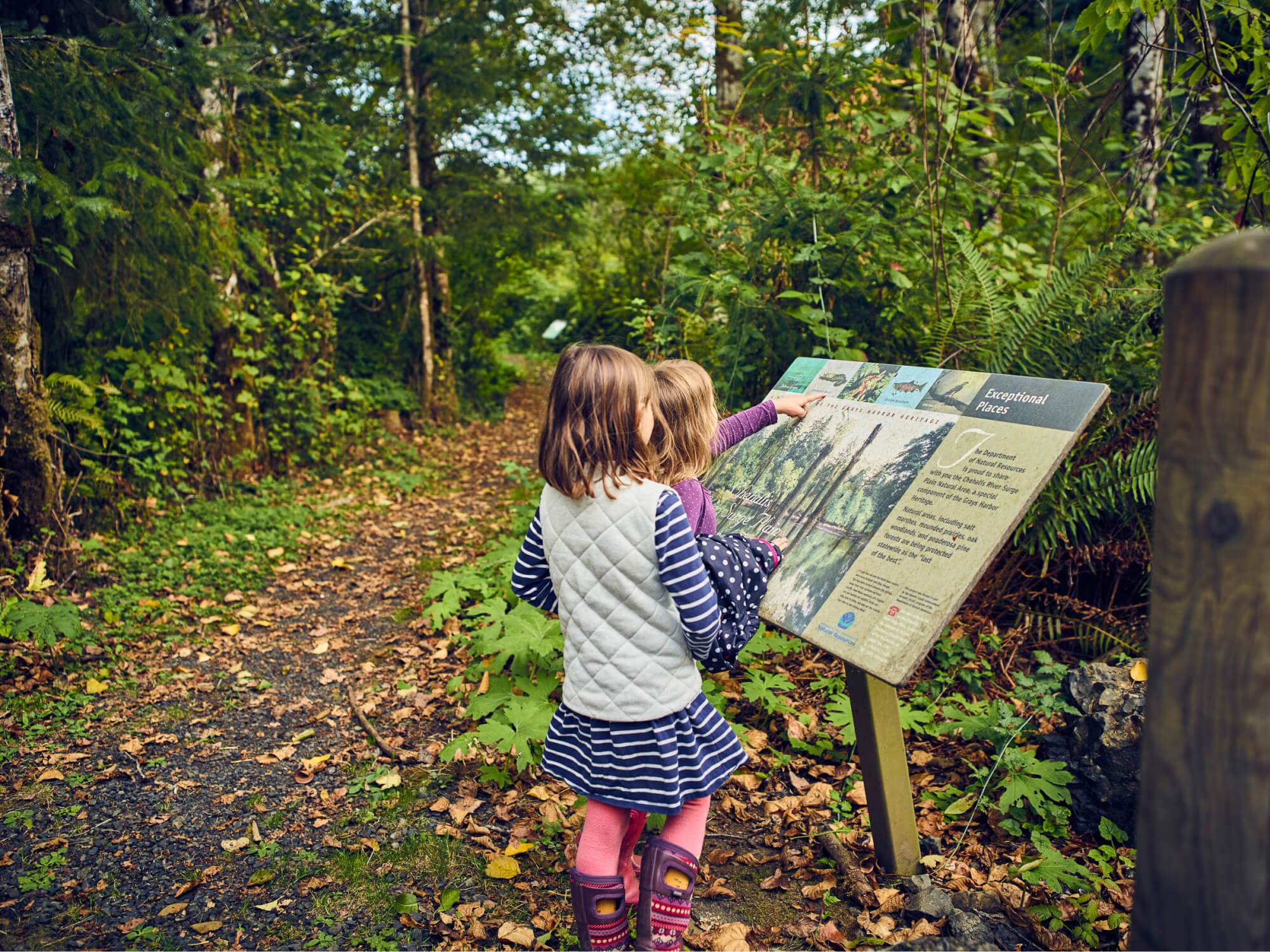Near the town of Stayton, Oregon, a remarkable reach of the North Santiam River runs through threatened salmon habitat that was slated for gravel mining until Western Rivers Conservancy (WRC) purchased the land last year. This stretch of the river is critical to recovering the Chinook and steelhead that once ran plentiful in this stream, from its source on Mount Jefferson to the Willamette River.
Here, the finest remnant of natural habitat in the entire Willamette Valley remains largely untouched, and it is now dedicated to fish and wildlife in perpetuity.
WRC completed purchase of a 338 acre farm with two miles of river frontage in September and plans to convey the property to the Confederated Tribes of the Grande Ronde. The Tribes have the natural resource expertise to care for this indigenous territory over the long term, and they share WRC’s vision to protect and restore a rare block of riparian forests and wetlands.
This completes the first phase of WRC’s long-term strategy to help reestablish the former abundance of the North Santiam River, which at one time produced an incredible two-thirds of the Willamette River’s steelhead and a third of its Chinook. These runs have declined steeply and today are listed as Threatened.
Instead of a gravel mine the previous owner had pursued, a native haven will flourish. Willows shade these two miles of river, backed by a 130-acre forest of mature black cottonwood, big leaf maple and red alder. Seven side channels and 20 acres of wetlands provide holding and feeding areas for young salmon and trout. The acreage also includes the fish-bearing Dickerman Creek and upland native prairie.
These features combine to make the property the most significant patch of natural habitat in the area, home to four particular species of concern: pileated woodpecker, hood merganser, western pond turtle, lamprey and red-legged frog. In addition to winter steelhead and spring Chinook, Oregon chub also thrive in these waters.
Over time, the Tribes will replant agricultural lands to expand what is already the largest stand of floodplain forests along a nine-mile stretch, including an adjacent tract owned by the Bureau of Land Management. The project also restores indigenous territory to the Tribes, which include a band of the Kalapuya that inhabited the land.
Building on this acquisition, WRC plans to purchase other nearby remnants of high-quality habitat to bolster the North Santiam River. Funding for this phase was provided by the Willamette Wildlife Mitigation Program, administered by the Oregon Department of Fish and Wildlife and the Bonneville Power Administration (BPA). Additional funding comes from the Willamette BiOp Habitat Restoration program.


